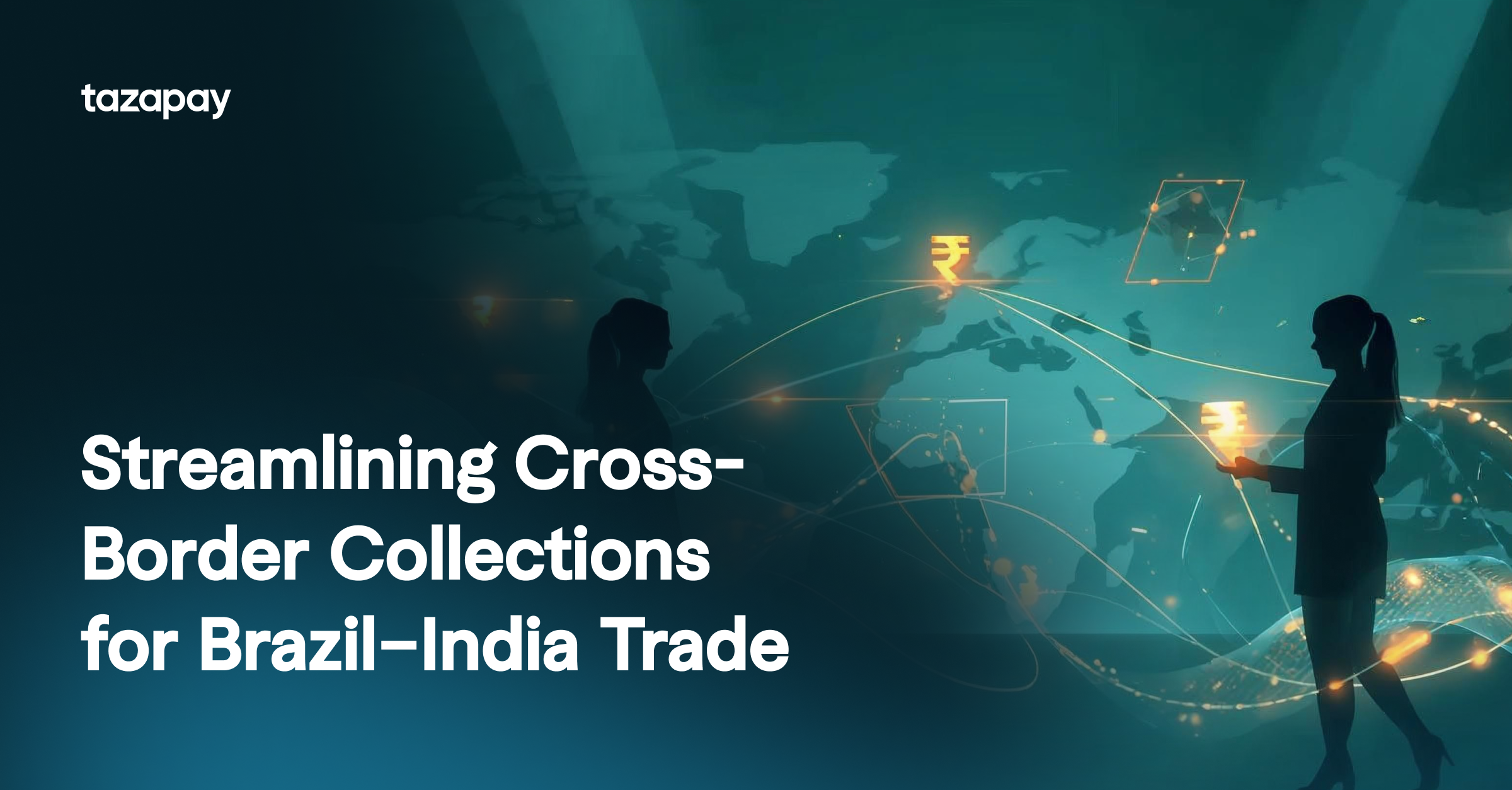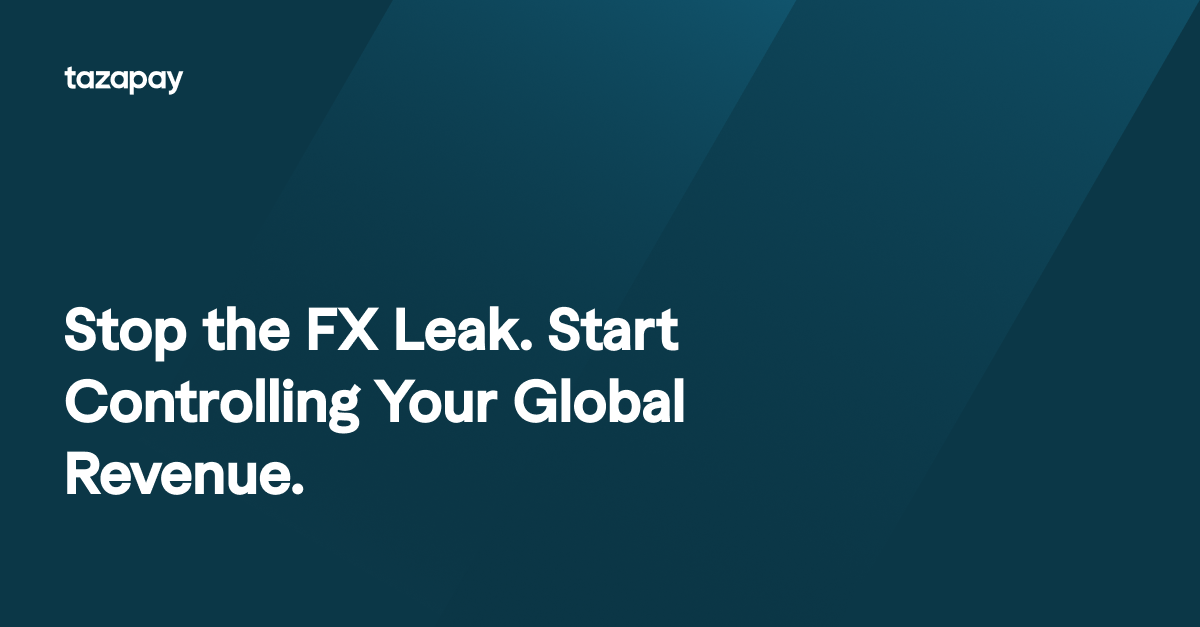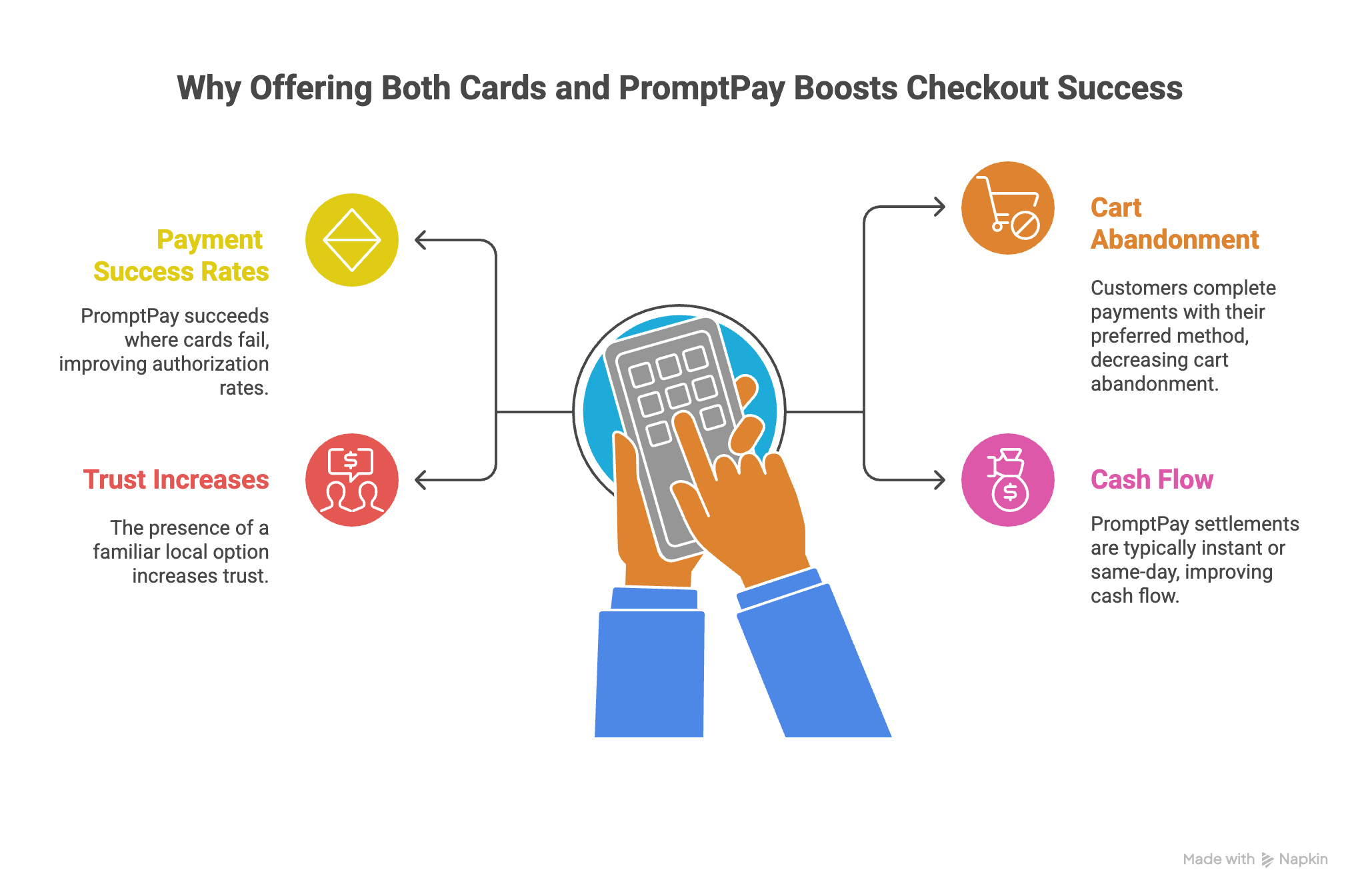Introduction
Expanding across borders should be exciting for exporters — not overwhelming.
Yet for many Brazilian businesses selling to buyers in India, one of the biggest barriers isn’t logistics or marketing. It’s getting paid efficiently.
Cross-border payment systems remain complex, slow, and costly. Funds often pass through multiple intermediaries, currencies are converted prematurely, and reconciliation becomes a painful manual process.
This is where virtual accounts — a cornerstone of modern global money movement — are transforming how exporters collect payments internationally.
The Challenge: Slow, Costly, and Complex Cross-Border Collections
Brazil and India are two of the fastest-growing emerging markets, together representing a bilateral trade value of over USD 11 billion in 2024 (Trading Economics).
But while goods move smoothly, payments lag behind.
Brazilian exporters selling to Indian buyers often face:
- Limited local payment options — Indian buyers prefer to pay via domestic rails rather than international wires.
- Forced FX conversions — Payments often settle in USD, leading to exchange losses and limited control over when conversion happens.
- Slow settlements — Traditional cross-border transfers can take several days due to intermediary banks and time zones.
- Complicated reconciliation — Payments from multiple buyers arrive in mixed currencies, often with incomplete details.
These friction points aren’t unique to Brazil and India — they exist across many emerging trade corridors where domestic payment rails dominate but aren’t easily accessible to foreign exporters.
The Shift: From Traditional Banking to Virtual Accounts
.png)
Traditional trade banking systems were never built for real-time commerce. They work for large institutional transactions but are inefficient for exporters handling frequent or high-value payments across multiple buyers and markets.
Virtual accounts change that by giving businesses local-like access to global collections — without the need to establish or maintain local registered entities in each country.
With a single Tazapay account, exporters can:
- Receive named collection accounts in multiple currencies
- Collect locally from buyers through domestic transfers
- Hold and convert funds in supported currencies for settlement
- Manage global receivables through one unified dashboard
This means a Brazilian exporter can now receive funds from an Indian buyer in INR via a local transfer — just like a domestic business would — while managing everything seamlessly through Tazapay.
Example: A Brazilian Exporter Selling to India
A sustainable packaging manufacturer in São Paulo has multiple Indian buyers. Previously, these buyers paid via international wire, with funds arriving several days later, minus significant bank and FX fees.
Now, using Tazapay’s Global Collection Account, the exporter can:
- Generate a named virtual account in INR.
- Share it with Indian buyers, who can pay through familiar local bank transfers.
- Receive funds in hours instead of days.
- Monitor settlements and convert INR proceeds into USD when needed for global operations.
- Reconcile payments automatically by buyer or invoice.
The result: faster settlement cycles, reduced FX exposure, simpler reconciliation — and more liquidity for reinvestment.
Why This Matters for Exporters
1. Predictable cash flow
Faster collections mean exporters can plan shipments, inventory, and restocking with greater confidence.
2. No need for a local entity
Virtual accounts let exporters receive local payments without opening a local entity or subsidiary in every market.
3. Transparent FX conversion
Funds can be received in INR and converted when the exporter chooses — not when intermediaries decide.
4. Better buyer experience
Buyers prefer local payment options because they’re faster, cheaper, and require no international setup. That convenience builds trust and repeat business.
5. Easier scaling across markets
Once it works for one corridor, exporters can replicate it in others — such as Singapore, Indonesia, or the UAE — using the same unified account structure.
The Broader Context: Virtual Accounts and Global Money Movement
The rise of virtual accounts represents more than just a collection upgrade — it’s part of a larger shift toward global money movement.
Modern trade is moving away from fragmented, bank-dependent systems toward integrated fintech-led infrastructures that connect local payment methods, multi-currency accounts, and global payouts.
This ecosystem lets businesses collect, hold, and pay in the currencies they need — creating true interoperability between local and international finance.
Platforms like Tazapay are at the center of this evolution:
- Providing access to 173+ countries and 80+ local payment options
- Supporting 35+ currencies through Global Collection Accounts
- Enabling same-day settlements in many markets through local clearing systems
- Helping businesses manage both collections and payouts through one compliant platform
This isn’t only about speed — it’s about enabling financial inclusion in global trade, allowing exporters of any size to operate with the same efficiency as multinational companies.
Traditional vs. Virtual Accounts
SWIFT and wire transfers remain reliable and widely trusted for global settlements, especially for large-value transactions or corridors where local rails are limited.However, virtual accounts provide a faster and more flexible alternative — especially when exporters need visibility, speed, and control. You can read more about it here.
The Emerging Markets Advantage
Emerging markets such as Brazil, India, Indonesia, Vietnam amongst others are driving global trade growth but still operate within asymmetrical payment systems.
While domestic innovations like PIX in Brazil and UPI in India have improved local efficiency, cross-border settlements continue to rely heavily on legacy systems.
By combining local collection rails with virtual accounts, exporters can now receive payments globally — without the friction of opening multiple bank accounts or creating local entities in every market.
These capabilities are particularly powerful for B2B exporters, digital marketplaces, and SMEs handling both small and large international payments.
How Exporters Can Get Started
- Sign up with a licensed cross-border payments platform like Tazapay (regulated by MAS Singapore and FINTRAC Canada).
- Open a Named Virtual Account to receive payments from vendors and buyers via local transfers in 35+currencies.
- Share account details directly with buyers — they can pay through familiar domestic banking channels.
- Monitor, hold, or convert funds through a single dashboard.
- Scale globally, adding new supported currencies and corridors as your business expands.
Within days, exporters can move from fragmented systems to a fully integrated global collection framework — the foundation of modern money movement.
Conclusion
For Brazilian exporters — and any business expanding across emerging markets — the difference between slow, manual banking processes and instant, transparent collections is the difference between growth and limitation.
Virtual accounts remove unnecessary friction, empower exporters to collect locally, and bring cross-border trade into real time.
They’re more than a product feature; they’re the future of how businesses collect, hold, and move money globally. And for exporters ready to simplify their next chapter of growth, that future is already here.
FX losses occur when funds are converted prematurely or at unfavorable rates, reducing your overall revenue. These small gaps compound significantly across multiple transactions.
Virtual accounts let you collect and hold funds in the same currency without immediate conversion. You can convert or pay out later when rates are more favorable.
No. Tazapay allows businesses to open named virtual accounts in 35+ currencies without the need for local entity registration.
Tazapay supports collections in 35+ currencies and payouts in 100+ currencies through local bank rails or SWIFT.
Yes. You can initiate global payouts directly from your virtual account balances — all managed in one unified dashboard.
Tazapay operates under licenses and registrations with MAS (Singapore), FINTRAC (Canada), AUSTRAC (Australia), and VASP (Lithuania).







.png)





